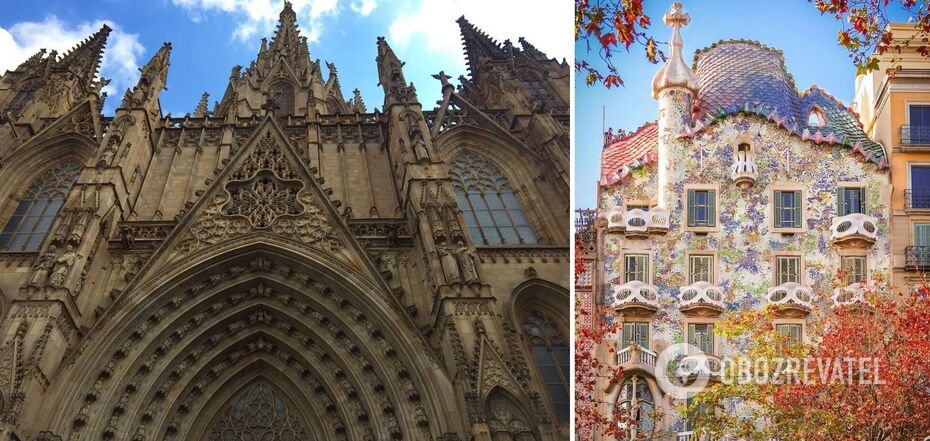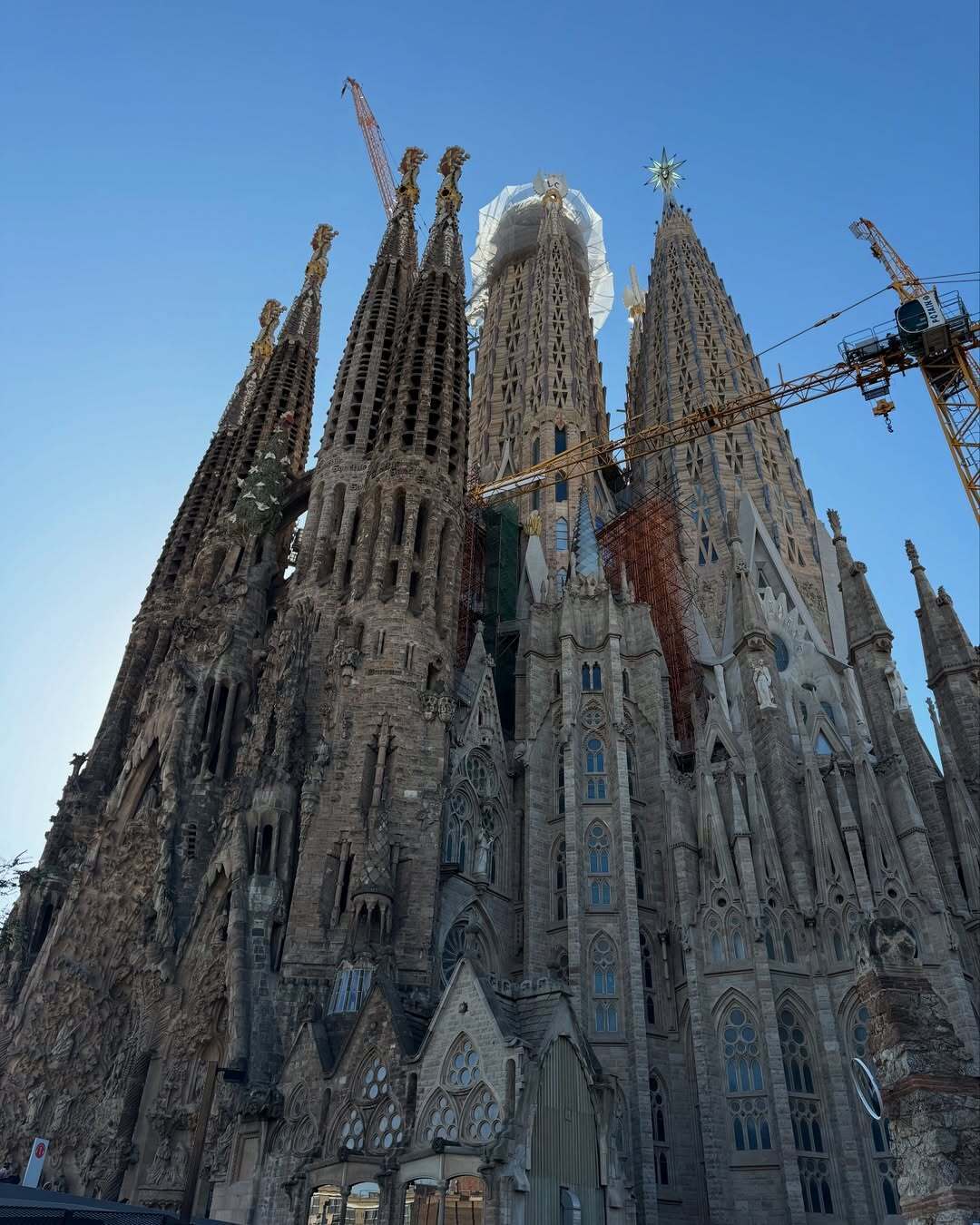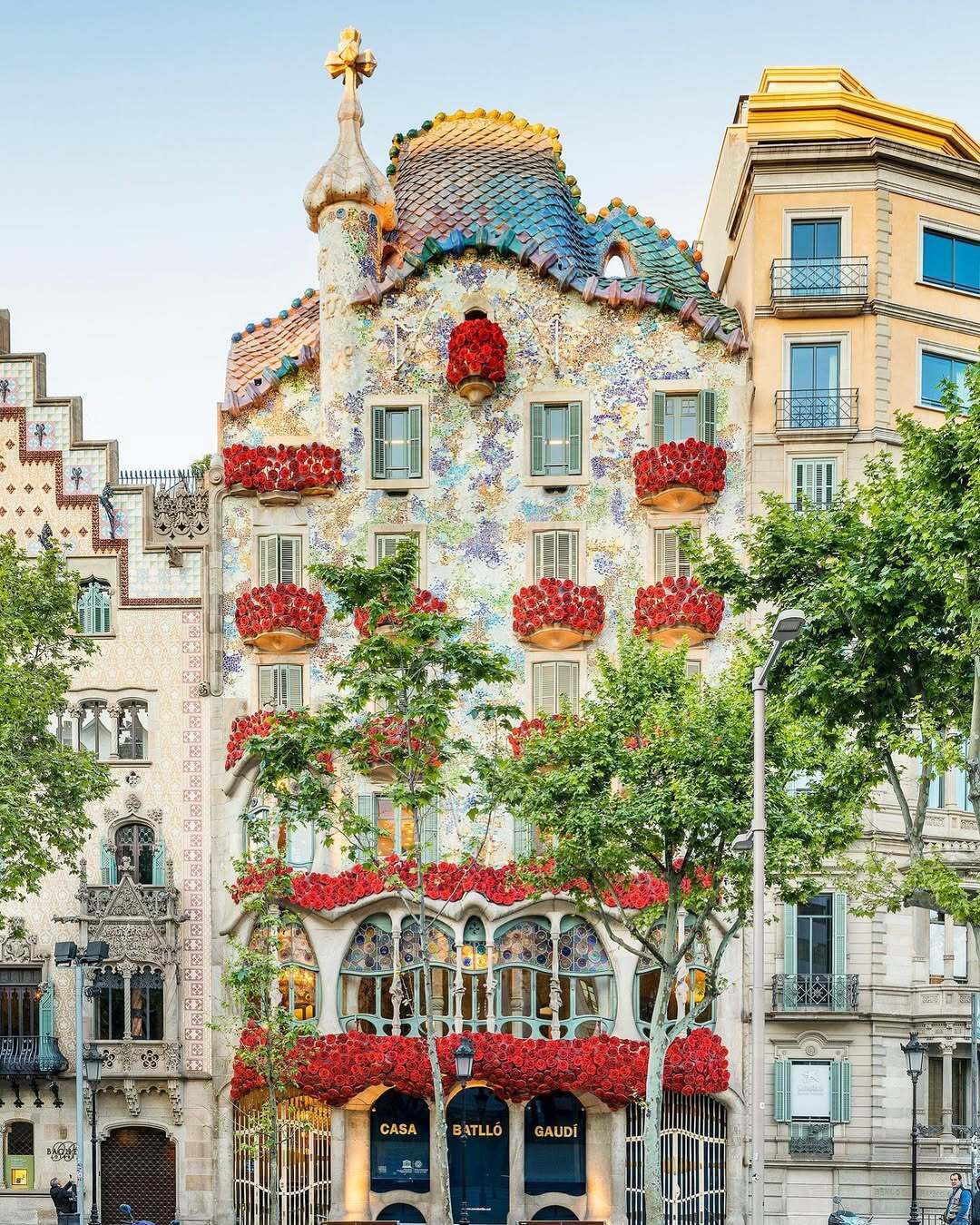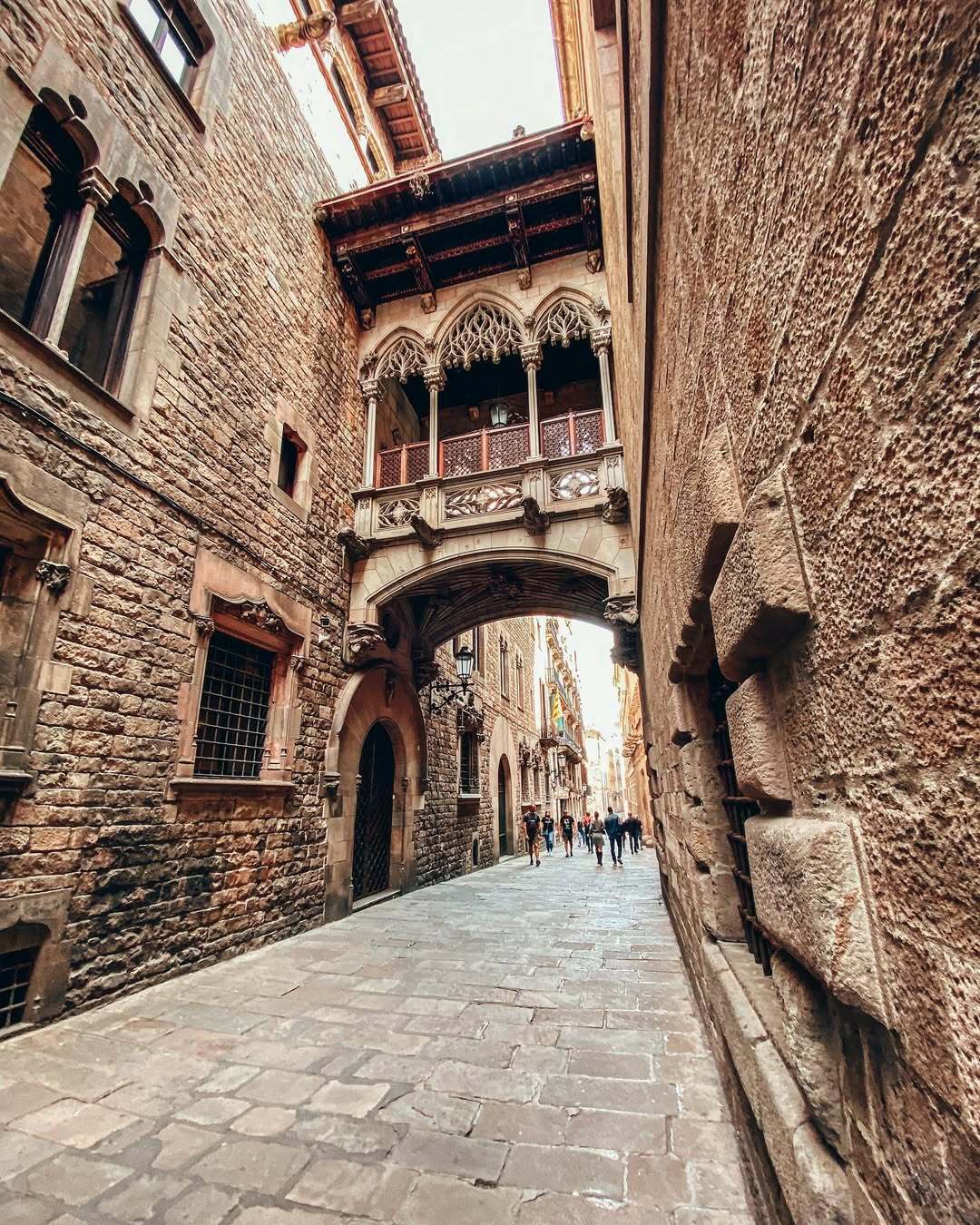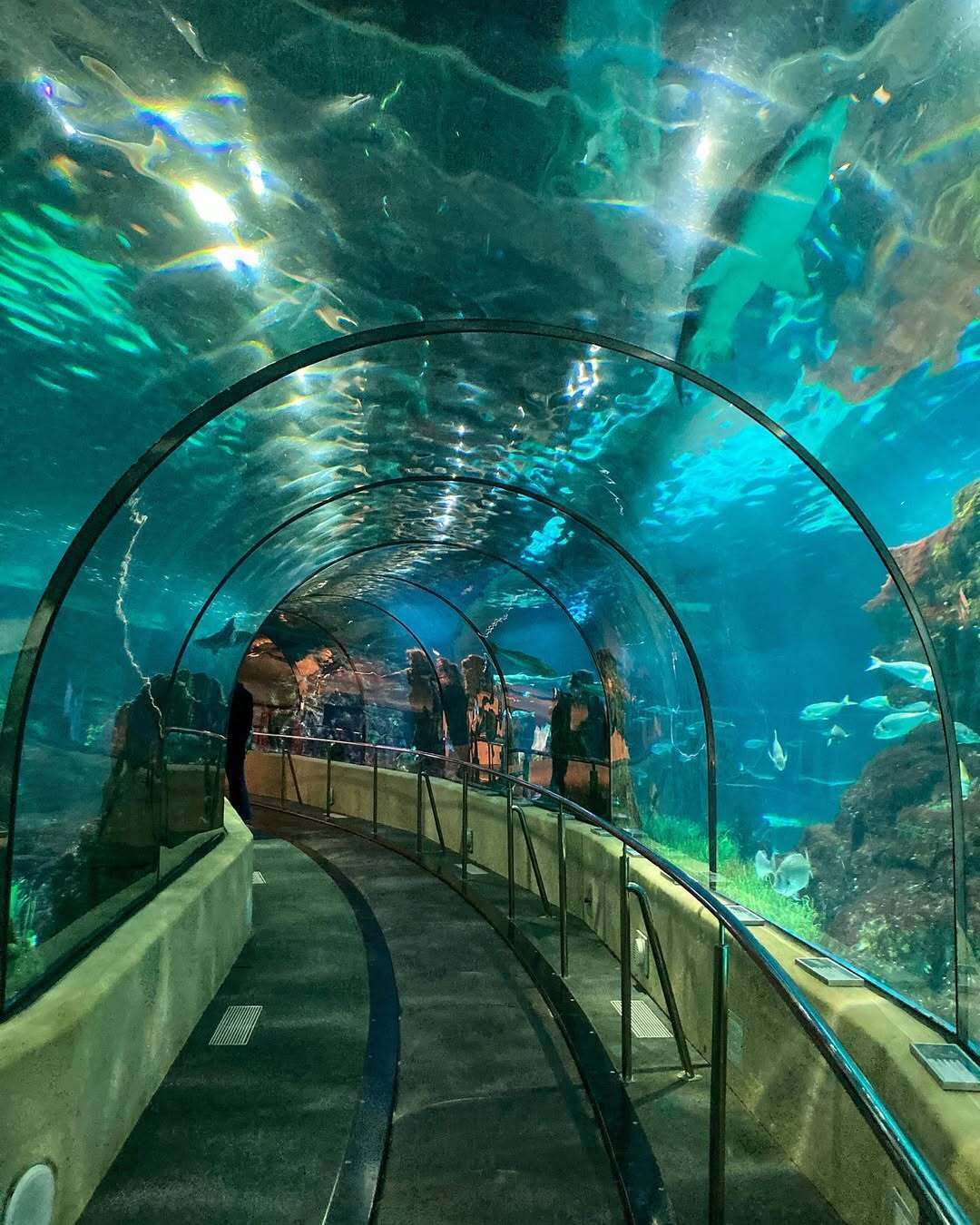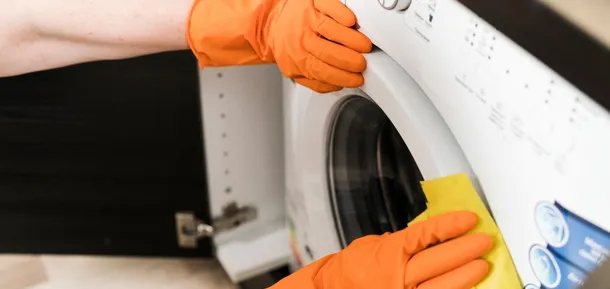News
Hiking routes in Barcelona: where to visit during your trip
Sometimes, to learn more about a location, you just need to put on comfortable shoes and go explore every corner. And the best way to feel the "mood" of a city is to walk its streets. So where to start is described below.
The route "In the footsteps of Antoni Gaudi's masterpieces"
Sagrada Familia
Start your trip with Barcelona's most prominent shrine. It is located to the north of the Old Town in the Ashampla neighborhood.
The construction of the building began in 1882 and is still ongoing. It is funded by voluntary donations from the Catholic community.
Architect Francisco del Villar developed the first design of the church, but a year later the construction of the prayer hall was led by Antoni Gaudi, who completely changed the plan. During the work, the artist used hyperboloid structures.
House with spikes
On your way to the next attraction, go to Diagonal Avenue. A block away is a unique building – Casa Terrades. The building was erected in 1905 by the modernist architect Josep Puig i Cadafalch.
The attraction was commissioned by the three Terrades sisters. The building is characterized by six towers with spires, stone carvings, and decorative panels.
Casa Mila
Next, walk towards one of the city's main streets, Passeig de Gràcia. In one of the side streets you will find Casa Milà.
The residential building was built by Antoni Gaudí in 1906-1910 for the couple Roser Segimon and Pere Milà. The couple planned to live on the ground floor and rent out the rest of the apartments. However, the building was never completed due to a conflict with an investor.
Tourists can go up to the roof terrace to admire the neighborhood.
In 1984, the attraction was recognized as a UNESCO World Heritage Site.
Casa Batllo
Located on Passeig de Gràcia Avenue in the Asiampa district. The building was designed by architect Antoni Gaudi. It was designed in the Catalan Art Nouveau style.
The shape of the building's facade elements is not accidental but allegorically depicts the legend of Saint George the Serpent, the patron saint of Catalonia. The roof of the attraction symbolizes the back of a dragon, the wooden staircase inside resembles its spine, and the roof is scales on the animal's skin.
In 1984, the building was added to the UNESCO World Heritage List.
Gothic Quarter route
Frederic Mares Museum
The exhibition space was created in 1946. The artist donated a unique collection of sculptures to the city.
On the ground floor, tourists can see exhibits from the ancient period from Iberia, Greece, and Carthage. There are also works by artists from Castile and Aragon from the 15th century, including crucifixes from the same period. In addition, you can see a variety of crosses.
The museum presents paintings, mostly on religious themes. Among them are many paintings depicting the Madonna and Child or the Holy Family.
Barcelona Cathedral
The construction of the shrine lasted from 1298 to 1420. It serves as the residence of the archbishop and the main prayer hall of the city.
The cathedral has a courtyard where 13 white geese live, symbolizing the purity of St. Eulalia. In addition, there is an altar dedicated to the martyr Severus, who was also killed for his Christian faith.
Basilica of Santa Maria del Pino
In 987, a small Romanesque church dedicated to the Virgin Mary was located on the site where the shrine now stands. Subsequently, between 1319 and 1391, it was significantly expanded and given the features of Catalan Gothic.
With the support of King Pedro IV, a bell tower and a chapel were added.
The facade of the basilica is decorated with a large rose window, restored in 1940 after the original, which was destroyed by a fire in 1936. It is located under the Gothic arch of the main entrance.
Barcelona Aquarium
The attraction was opened in 1995. More than 11 thousand marine animals are collected here. We recommend going to the 80-meter-long underwater tunnel. It can accommodate up to 100 people at a time.
Route "Montjuïc Hill"
Joan Miró Foundation
The Museum of Modern Art was founded in 1975. The building was designed by architect Joseph Lewis Sert. It houses more than 300 paintings and 150 sculptures.
National Palace
One of the largest architectural complexes in Barcelona. It was built in 1926-1929 for the World's Fair. There is an observation deck in front of the façade from where you can admire the city.
Today it houses the Museum of Art of Catalonia. It is characterized by numismatic and engraving departments. In addition to exhibition activities, the institution is engaged in restoration work. The palace houses a unique collection of Catalan frescoes from the Romanesque period.
Spanish town
The open-air architectural museum covers an area of about 49 square meters. It was founded in 1927 for the World's Fair.
To create the attraction, artists traveled to about 1600 towns and villages in Spain to collect visual material. Hundreds of photographs, sketches, and notes helped them realize their plan. In this way, they wanted to familiarize a wide range of people with the culture of the region.
Explore Barcelona on foot!
Only verified information is available in our Telegram channel OBOZ.UA and Viber. Do not fall for fakes!


